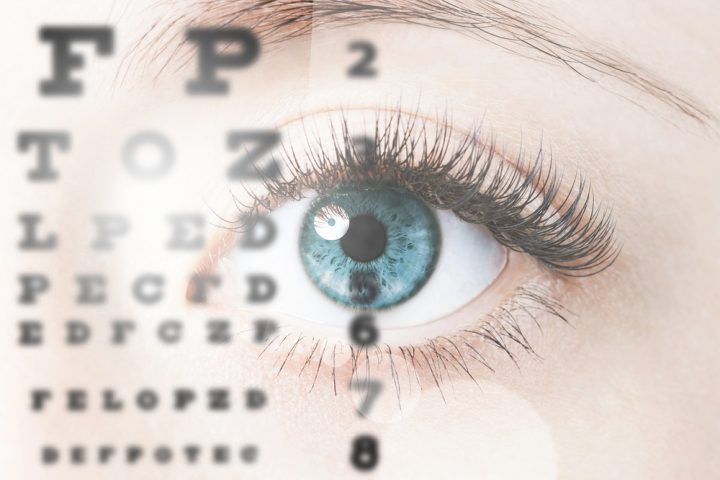‘Gel’ Eye Surgery in FAP Helps, But Usually Requires Follow-up Procedures, Study Finds

A type of surgery that involves removal of the eye’s “gel” can improve vision in people with familial amyloid polyneuropathy (FAP), a new study suggests.
However, subsequent surgeries often are necessary to preserve vision, highlighting the need for close follow-up after surgery.
The study, “Small gauge vitrectomy for vitreous amyloidosis and subsequent management of secondary glaucoma in patients with hereditary transthyretin amyloidosis,” was published in the journal Scientific Reports.
FAP is caused by mutations in the gene that provides instructions for making transthyretin (TTR). That protein is primarily produced by the liver, but also is made in eye tissue. That’s why eye-related symptoms are common in FAP, which can lead to vision problems.
Pars plana vitrectomy (PPV) is a surgical procedure in which the “gel” of the eye (vitreous humor gel) is removed so that the retina (the light-sensing collection of nerve cells at the back of the eye) can do its job. This can facilitate numerous types of repairs. In FAP, it usually involves the removal of vitreous opacities, a form of clouding that impairs eyesight. However, glaucoma following PPV has been reported in these patients, leading to severe vision difficulties.
Researchers from Japan analyzed long-term vision data of people with FAP who underwent PPV. This included records for 31 eyes of 20 patients (mean age at PPV 55.4 years, all Japanese).
The specific PPV technique used in this study is 25-gauge PPV. This requires a smaller incision than the more conventional 20-gauge surgery.
As measured by the Snellen score, average visual acuity before PPV was 20/107. For context, 20/20 is normal vision, while a score of 20/70 or worse typically is considered vision impairment or low vision.
One month after PPV, the average Snellen score was 20/20. Scores were maintained until the final visit — after an average of 44.7 months — at which point the average score was 20/21.
Fluid pressure within the eye — referred to as intraocular pressure (IOP) — can impact vision significantly. High IOP can predispose to glaucoma. Such pressure can be relieved with glaucoma filtration surgery, which involves draining fluid from the eye to relieve pressure.
Researchers noted a high rate of IOP increases following PPV that required surgery. On average, each participant required 1.2 of these procedures during follow up (ranging from 0–7 procedures per individual).
Similar to rates of glaucoma, IOP elevation requiring surgery progressively increased from one year to five years after PPV, indicating that additional eye surgeries often are required to maintain vision.
Among the study’s limitations, the research team cited its small number of patients and the fact that all but one had the same FAP-causing mutation, Val30Met. This is the most common mutation in regions where FAP is endemic (most common), such as Japan and Sweden, but other mutations are frequent in the U.S. and other countries.
“In summary,” the researchers wrote, “the IOP survival rate in this study suggests that performing 25-gauge vitrectomy … is not sufficient to preserve optimal visual functions.”
“After vitrectomy for vitreous opacity in hereditary ATTR amyloidosis [FAP] patients, glaucoma filtration surgery is usually necessary; therefore, careful follow-up is required in order to preserve proper visual function,” they added.






